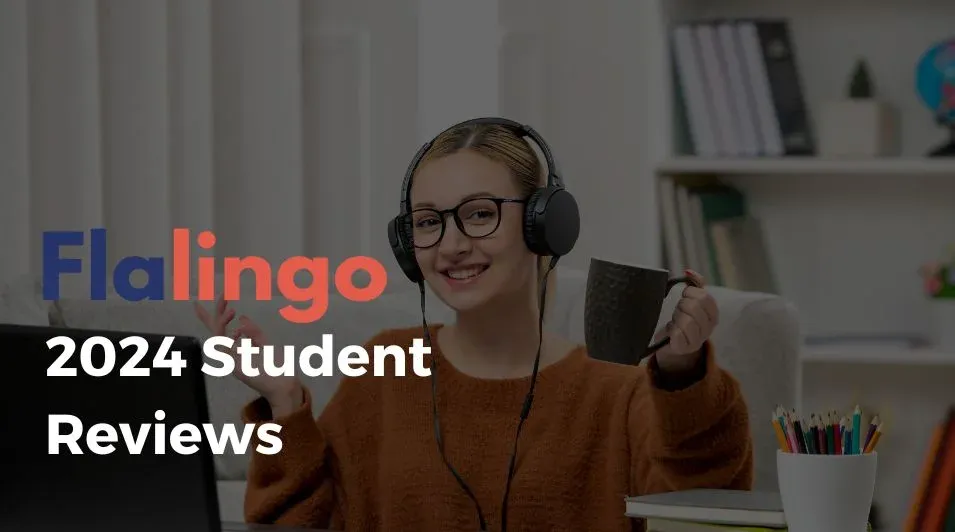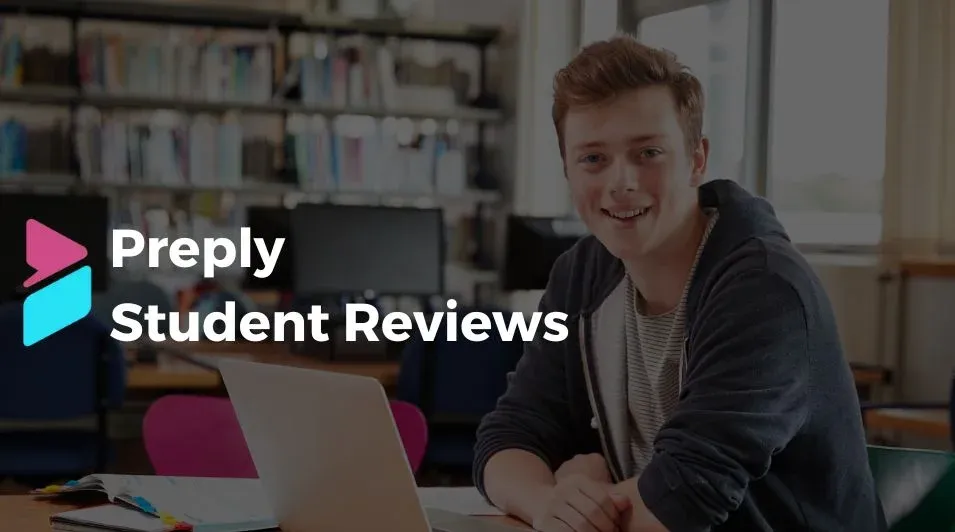Some Tips to Improve English Speaking: How to Speak English Fluently?

Flalingo 2024 Review - A Good Option for Learning English?

Is Preply Good? Read User Reviews and My Experience With Preply


Table of Contents:
Most of us have probably seen a Wall Street English building in our city or heard its name mentioned in passing conversation. Many may know that this brand, which has physical courses in many cities, also offers English education online. As someone who has taken both the physical and online courses from Wall Street English, I aim to share its shortcomings and explore which other sites can be considered as alternatives to WSE. Let's get started!
Wall Street English is a recognized brand in the language learning sector. This institution, active since the 1970s, particularly offers courses for adults wishing to learn English. It employs a blended learning model that allows students to learn at their own pace in an English-speaking environment, which includes both online learning materials and face-to-face classes.
I first got acquainted with Wall Street English quite a while ago. At that time, I was still a university student and genuinely needed to improve my English. Online education wasn't as advanced back then, and my options were limited. I took training from Wall Street for a term and later sought alternatives both due to its distance from my home and dissatisfaction with my teacher. Wall Street also offered online education, which I partook in for a while.
Upon registration, a learning plan was prepared for me, and I was granted access to the platform. The online platform was interactive and user-friendly. I was pleased to see that the content was supported with audio and visual materials. I could study English at home, on the bus, or in a cafe, whenever and wherever I wanted.
However, I had concerns about the cost. It was slightly more expensive compared to other language schools, which occasionally posed challenges for my budget. Also, sometimes the course materials felt outdated and dull. In today's rapidly changing world, I believe learning materials need constant updates.
Later, I explored other platforms in the industry that did not have these shortcomings and could serve as alternatives to Wall Street English. There were various options with distinct features. I've researched their pros and cons and compiled them in this article. Let's take a closer look.
First and foremost, I was impressed with Flalingo's AI-assisted teacher matching system. While other platforms pair you randomly with instructors, Flalingo's algorithm introduces me to teachers who precisely match my learning style and needs. This means I always know what to expect from every lesson and can maximize its benefit. Knowing that teachers are selected through interviews increases my trust in them. During every lesson, I feel like I'm working with a true professional, which boosts my motivation and makes the learning process more enjoyable.
But this isn't just Flalingo's success. Seeing my education consultant continuously monitor my English level and progress, providing feedback when necessary, showcases the platform's immense value to me. The absence of group lessons in Flalingo is also a significant advantage for me. Through one-on-one lessons, I can communicate more effectively with my teacher and get quicker answers to my questions. Considering all my experiences, it's undeniable the contributions Flalingo offers to my English learning journey. If you're looking for an online platform, I definitely recommend trying out Flalingo.
Among many platforms I've experienced in my language learning journey, EF English Live holds a significant place. Frequently advertised, this popular platform could truly be a strong alternative to WSE. When I first tried EF English Live, the user-friendly interface struck me first. Especially if you're new to this journey, the platform supports you initially with the right materials. However, as I progressed, I realized these materials became insufficient for me.
Although their customer service isn't as attentive as Flalingo's, they tried to address the issues I encountered. While the various discounts and promotions EF English Live offers might appeal to new students, the platform's lack of transparency regarding pricing was a disadvantage for me. Furthermore, they only offer 6 and 12-month subscription options, which might not be ideal for those looking for shorter terms. If you're keen on working with a native English speaker, unfortunately, not all teachers on EF English Live are native. This could be a barrier for those wanting to delve deeper into the nuances of the language.
After my stint at Wall Street English, I decided to give Cambly a shot. My initial impression was that the platform boasts an incredibly user-friendly and modern interface. The one-on-one online lessons were especially convenient for studying English in the comfort of my home after a busy day. Thanks to the availability of short lesson options, I can take a quick lesson anytime, anywhere, ensuring an uninterrupted learning process.
However, I noticed that not all Cambly instructors are professionals, which sometimes affects the quality of the lessons. I also wished they were more transparent about their automatic subscription renewals. Overall, while Cambly offers a great option for those seeking flexibility in language learning, I believe some aspects of the platform could be further improved.
Preply's real-time learning experience through one-on-one lessons was very advantageous for me, as I could study comfortably from home. I could access Preply both from my computer and mobile devices, making my learning process very flexible. However, I faced some challenges with Preply. In WSE, if I didn't want to continue with a teacher, I had to wait for the term to end.
In Preply, however, I was able to change my teacher whenever I wanted, allowing for a more personalized experience. Yet, I occasionally experienced technical difficulties while using the platform. Furthermore, Preply's lesson packages expire after a certain period, which seemed unreasonable to me. So, while Preply offers a valuable alternative, there are areas where it could improve.
In the language learning process, many options come up when choosing the platform you will use. In general, what we should pay attention to on which platform can be summarized as follows:
Ease of Platform Access: Especially when preferring online learning platforms, check from which devices you can access these platforms. For instance, the fact that Preply offers access from both desktop and mobile devices is a plus.
Teacher Selection and Flexibility: Cambly is known as a platform that offers flexibility. However, you should consider that not all teachers have received professional training. In Preply, you may not have the chance to change the teacher depending on the lesson package you choose, so you should choose your teacher carefully.
Lesson Materials and Tracking: While EF English Live offers education with customized materials for those new to language learning, in later periods, you may come across comments that these materials are insufficient. In Preply, you should not forget that there is no specialized system to track your progress.
Pricing and Campaigns: While features such as customized teacher selection and educational consultancy are offered in Flalingo, EF English Live, although offering various discounts to new students, draws attention with comments that it is not transparent about subscription duration and pricing.
User Experience and Support: Consider how much support you can get in the face of problems you encounter on platforms like Cambly and Preply. Flalingo's education consultant closely monitors your learning process and provides feedback, enriching the student experience.
In conclusion, when choosing the platform most suitable for your needs, by paying attention to factors such as user reviews, teacher quality, pricing, lesson material, and tracking systems, you can choose the one that suits you best.
The language learning process is directly related to the student's motivation, recognizing their learning style, and having access to the right tools. Platforms like Wall Street English, Preply, Cambly, EF English Live, and Flalingo play a significant role in the language learning journey. Each platform offers a different experience to students with their unique approaches and opportunities they provide.
As a student, you should evaluate these platforms by determining at which stage of your language learning process you are, which features are more valuable to you, and setting your budget. The flexibility offered by online platforms, especially during and after the pandemic, has made the language learning process more accessible.
However, when evaluating this flexibility, it is critical for the efficiency of your learning process not to overlook factors such as the features offered by platforms, teacher quality, cost, and support services.
In summary, which platform you will prefer on your language learning journey depends on your learning style, expectations, and needs. What's important is to continue to be motivated throughout the process, to proceed with determination, and to make the best use of the right resources.